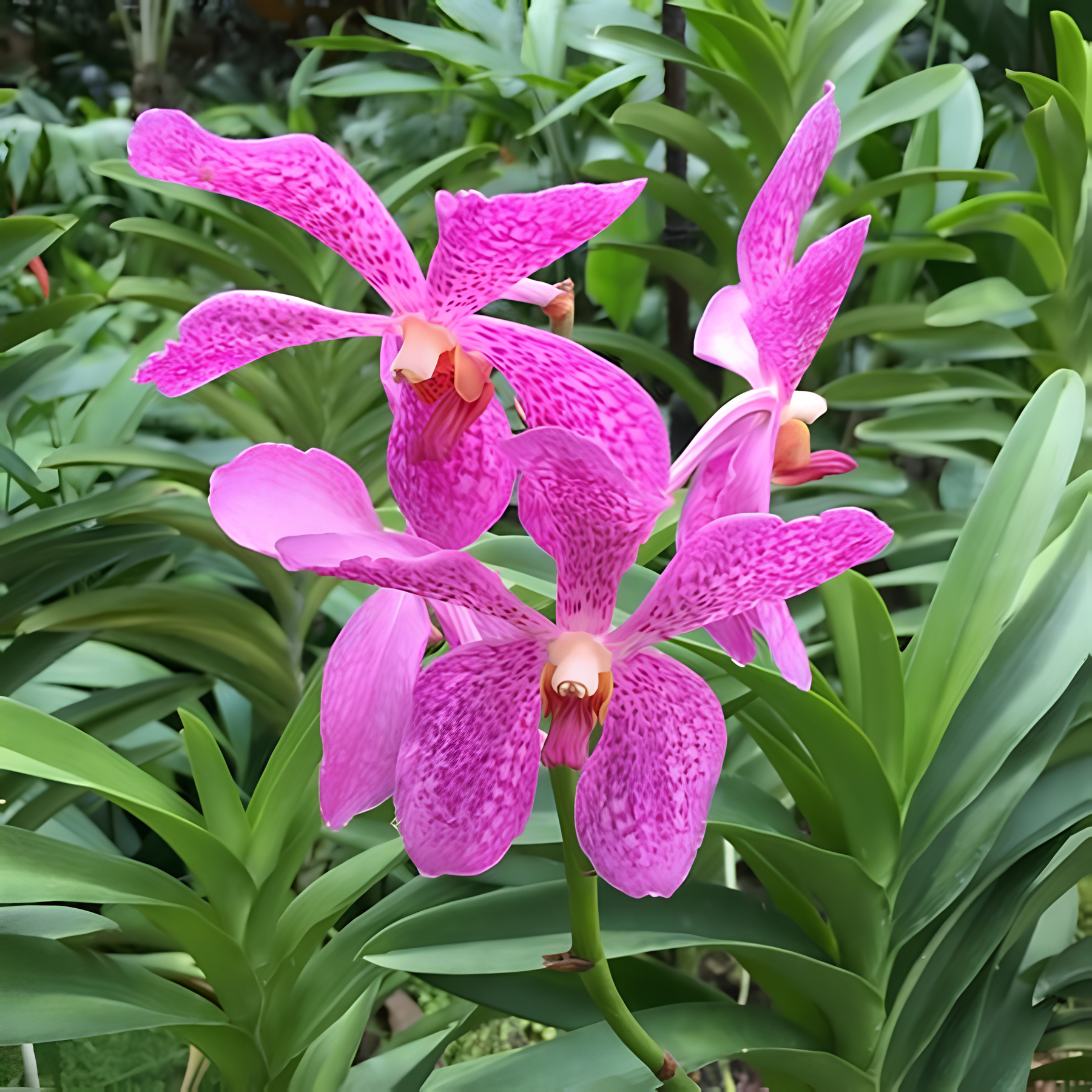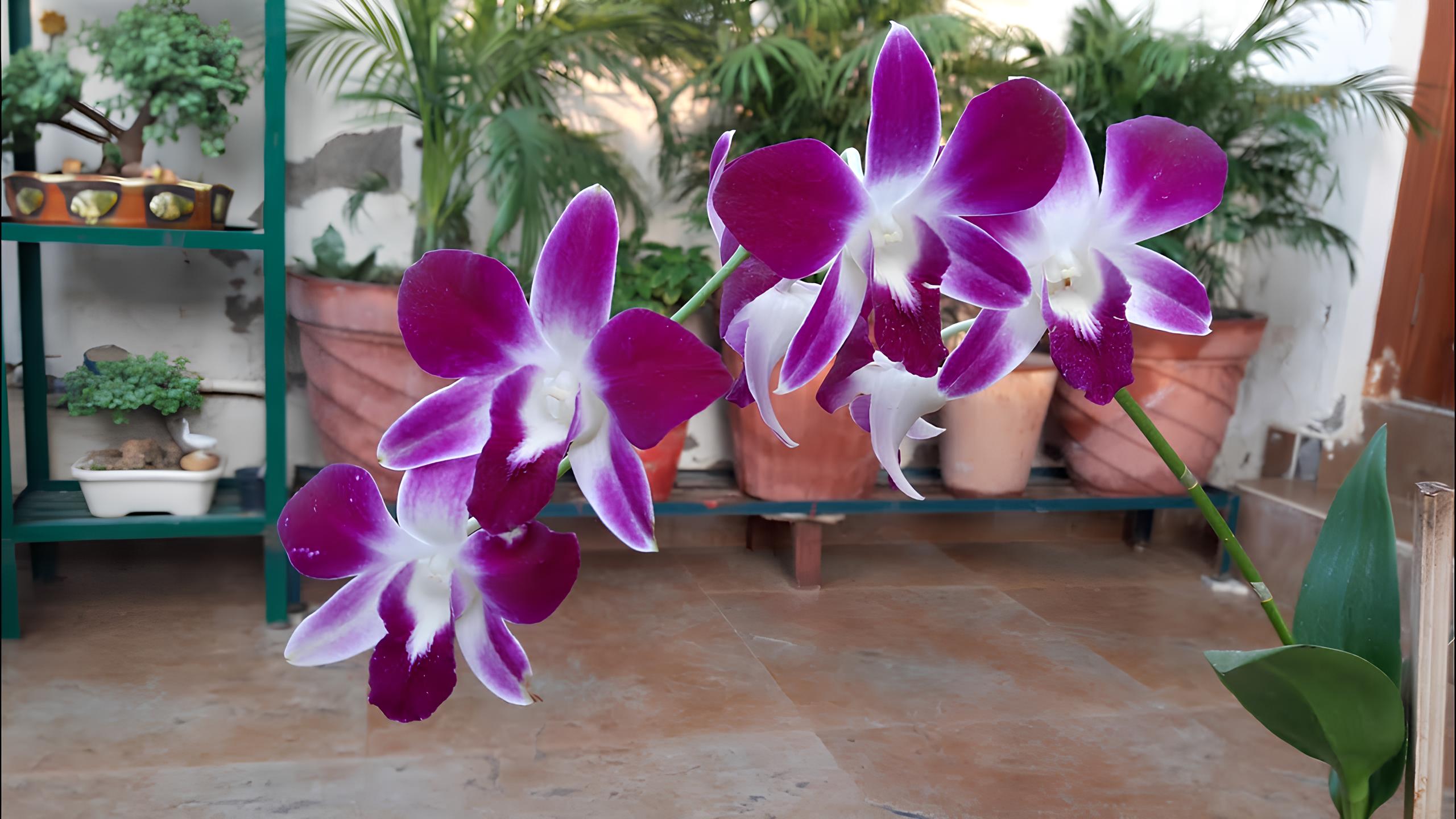Introduction to Orchids!
Welcome to the world of orchids! This guide will help you explore the many types of orchids and
their unique beauty. Orchids are some of the most stunning and colorful flowers you can find.
With over 25,000 species, they can be seen in almost every part of the globe.
In this guide, you'll learn how to care for orchids, how to help them grow, and how to prevent
diseases. Whether you want to brighten up your garden or add a touch of elegance to your indoor
space, orchids are a wonderful choice!
Types of Orchids: A Complete
Guide to Popular Varieties
Information about some popular varieties of Orchids:
- Phalaenopsis (Moth Orchid): These are the most common orchids you’ll see in
stores. They have flat, wide petals and come in many beautiful colors.
- Cattleya: Known as the "Queen of Orchids," Cattleya orchids have large,
bright flowers that are also very fragrant.
- Dendrobium: Dendrobium orchids are popular for their upright growth. They
bloom in various colors and patterns, making them a favorite among orchid lovers.
- Oncidium (Dancing Lady): These orchids have many small flowers that create
a unique look, resembling a dancing lady. They often feature bright yellow and brown colors.
- Vanda: Vanda orchids are known for their large, colorful flowers. They
thrive in humid environments and are quite eye-catching.
Care Guide
Some important points of caring for orchids:
- Sunlight: Orchids require indirect sunlight. 10-12 hours of light is ideal
for seedlings, but direct sunlight should be avoided as it causes waterlogging of the
leaves.
- Watering: Watering orchids is very critical. Avoid giving them too much
water. As long as the soil does not dry, there is no water.
- Soil: Orchids require special potting mix that is well-draining. Bark-based
mix or sphagnum moss are the best options. These provide better airflow and drainage to the
roots.
- Fertilization: Orchids need fertilizers, but they should not be
over-fertilized. Use balanced orchid fertilizer, and do monthly fertilization during the
growth season (spring and summer).
- Pruning: Pruning orchids is very important to enhance their growth and
flowering.
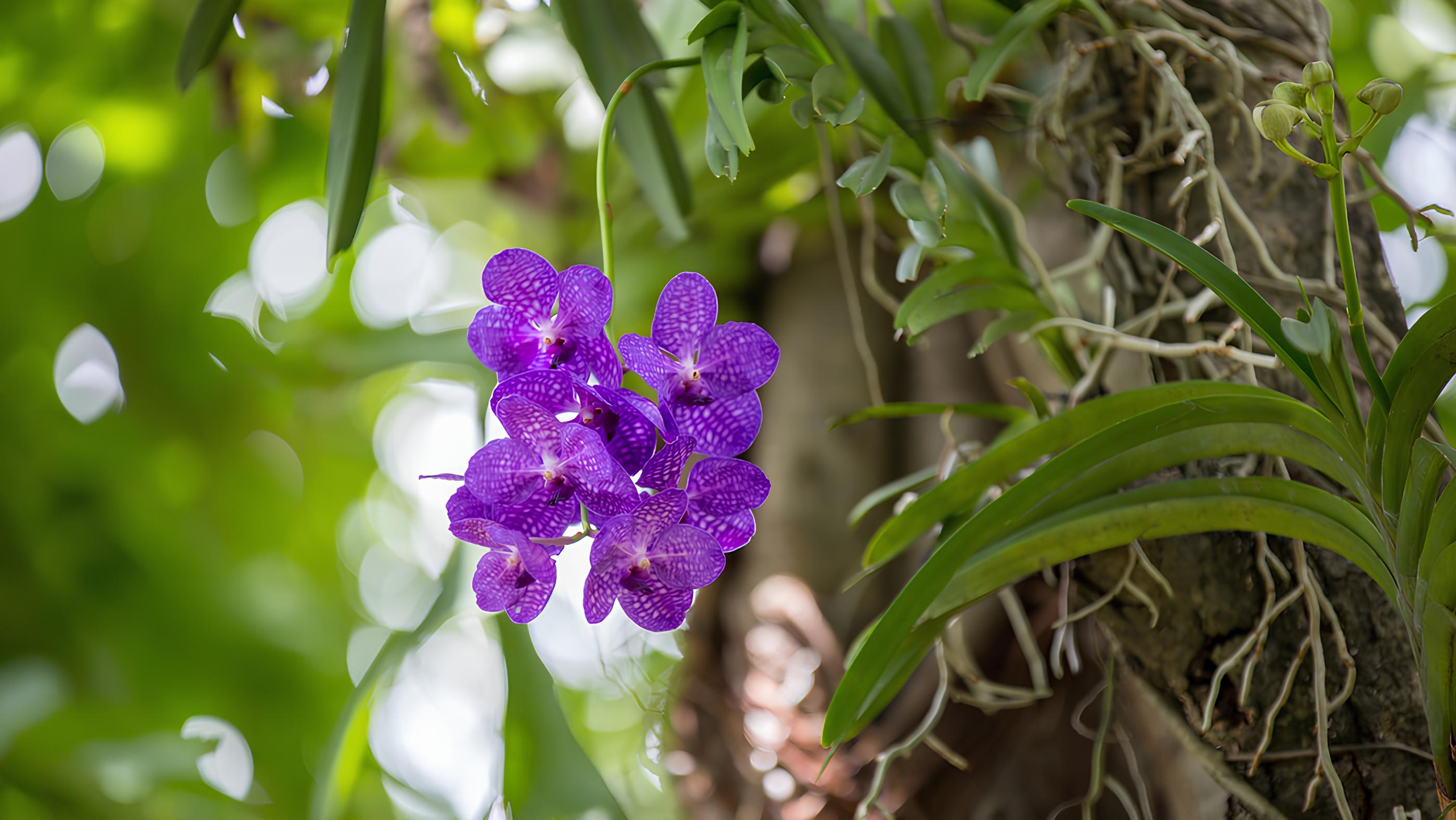
How to Grow Orchids: Step-by-Step
Planting Guide
Step-by-step planting guide to grow orchids successfully:
- Choose a Location: Orchids should be kept in a place where they get
filtered sunlight. Humidity levels should also be checked; Ideal humidity should be 40-60%.
- Prepare the Soil: Prepare the potting mix in advance. Make a mixture of
bark, charcoal, and perlite that will provide drainage and aeration.
- Planting: When potting orchids, spread their roots gently. It should be
kept at a distance of 1-2 inches from the edge of the pot.
- Mulching: Using mulch retains soil moisture and provides protection to the
roots. Sphagnum moss or dry leaves can be used.
- Watering: Water newly planted orchids more carefully than before. As long
as the soil is not dry, there is no water.
- Supporting Growth: If orchids are growing tall, use stakes to support them.
This will help them stay upright.
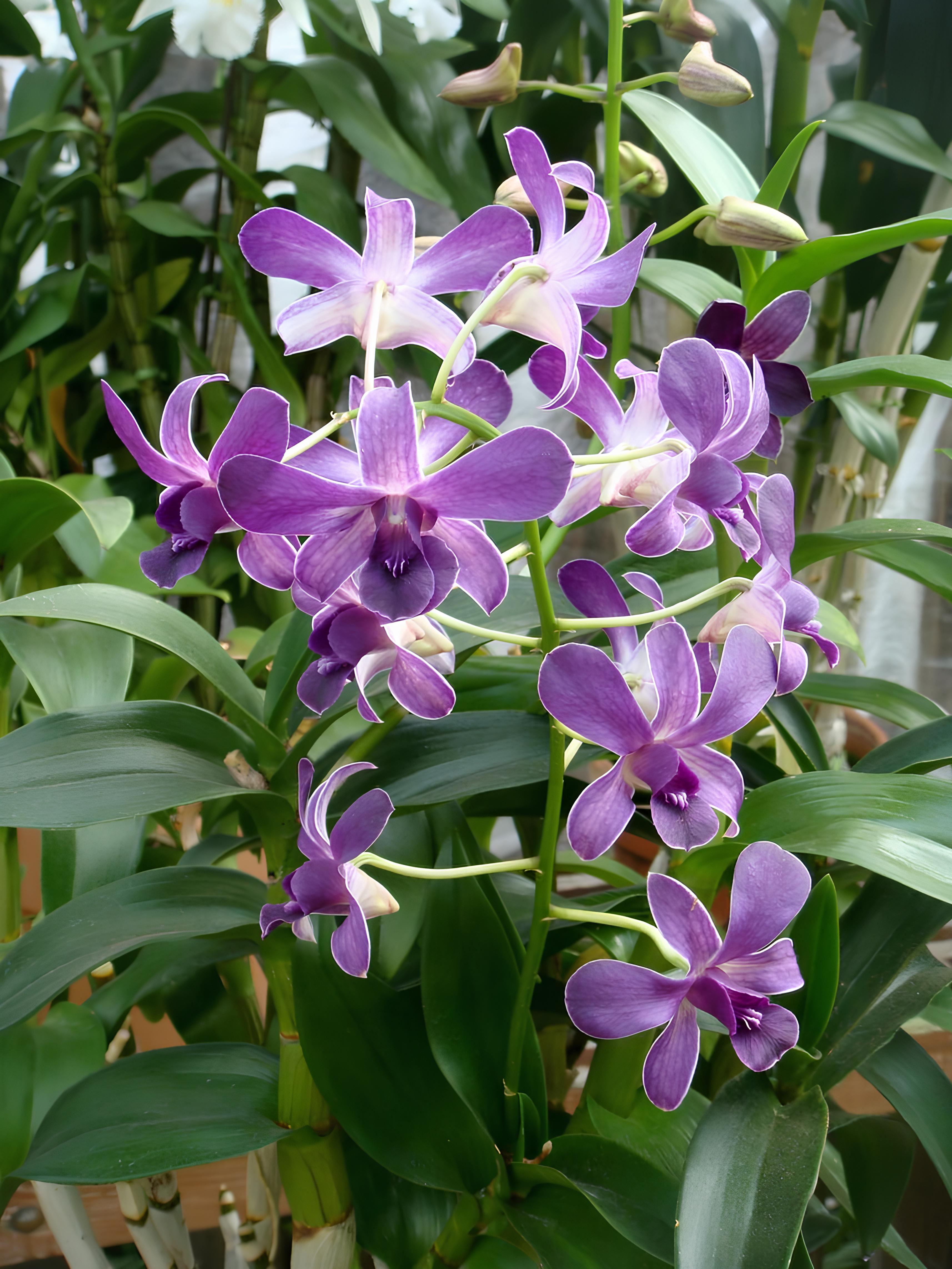
Orchid Diseases: Prevention and
Treatment Tips
How to avoid common orchid diseases and pests:
- Fungal Infections: To avoid fungal infections, do not moisten the leaves
after watering. Treat with fungicide sprays if necessary.
- Root Rot: If the roots are brown or mushy, it may be root rot. It can be
treated by replacing the soil and avoiding overwatering.
- Pests: Pests such as aphids, mealybugs, and spider mites can damage
orchids.
- Prevention Tips: Regularly inspect orchids, and keep their leaves and roots
clean. Proper air circulation and light conditions can also prevent diseases.
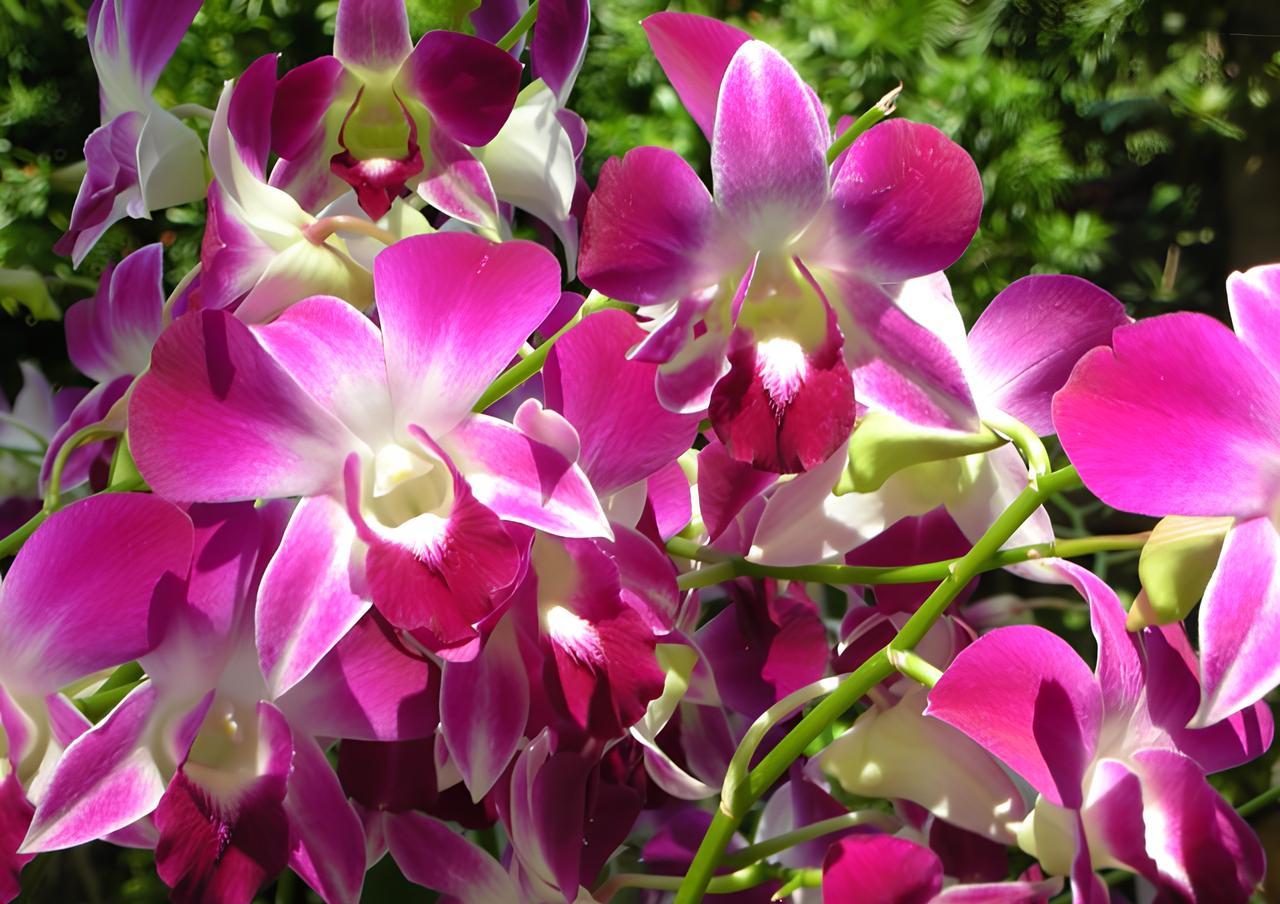
Conclusion: Embrace the Beauty of
Orchids
Readers are encouraged to start their own orchid-growing journey. Having enjoyed the beauty and
care of orchids, you can make your gardening experience even more rewarding. These are not just
plants, but also fill your life with happiness.
